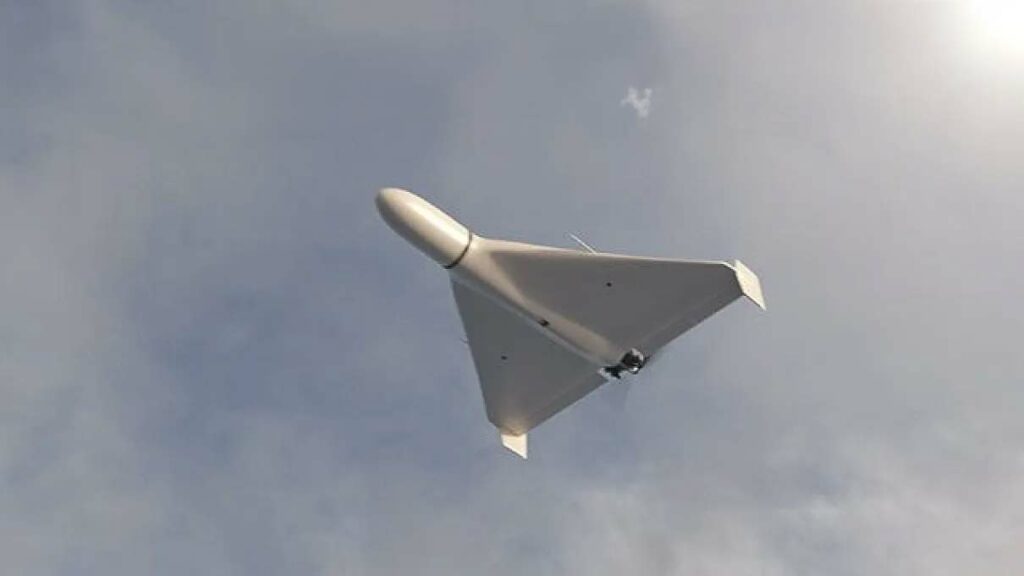
Russia is reportedly using teenagers to assemble kamikaze drones of the Shahed type, of Iranian origin, with the aim of producing 2,000 drones a year. This article examines the details of this controversial practice, the implications for Ukraine and the quality of the drones resulting from this production.
The assembly of kamikaze drones in Russia
Russia’s use of kamikaze drones in its daily attacks on Ukrainian cities has been closely observed by arms control experts. However, recent reports indicate that Russia is not only assembling the Iranian Shahed-136 and Shahed-131 drones it uses, but is also producing its own drones of the same type, referred to as Geran-2.

Features of Geran-2 UAVs
Geran-2 UAVs, assembled in Russia, have similar characteristics to their Iranian counterparts, but with a few notable differences. They are mainly made up of components from China, Switzerland and the USA, but four specific components are manufactured in Russia, distinguishing these drones from the Iranian Shahed.
The external structure of the Geran-2 is different from that of the Iranian Shahed, with the use of fiberglass over carbon fiber. In addition, the satellite navigation, flight control and start-up systems are all from new Russian production, simplifying the more complex initial architecture of the Iranian drones.
The teenage workforce controversy
An investigation reveals that the Russian Geran-2 drone assembly plant employs teenagers aged between 15 and 17 in a system of forced labor. These young workers are paid poverty wages, and those who refuse to “voluntarily” take part in the program are expelled from school with heavy fines. What’s more, they are often forced to work seven days a week, with little access to food during working hours.
Teenage girls from Africa and Central Asia, as well as male guest workers from Central Asia, are also employed in the factory. Some are recruited via dating apps. What’s more, their passports are sometimes confiscated on arrival to dissuade them from resigning.
Implications for Ukraine
The production of Geran-2 kamikaze drones in Russia raises questions about the quality of these drones and their ability to compete with Iranian models. Although some Russian components may improve drone performance, the manufacturing conditions raise doubts about the overall quality of the drones produced.
Ukraine is regularly the target of Russian suicide drone attacks, and Russia’s ability to produce more of these drones could have an impact on the situation on the ground. However, Ukraine has managed to shoot down most of these drones, which limits the effectiveness of these attacks.
Possible actions
It is crucial to take action to prevent the production of kamikaze drones in Russia, as this could prolong the conflict in Ukraine and endanger the lives of many people. Identifying and blocking intermediaries who divert sanctioned components to Russia is essential to curb this production.
The production of Geran-2 kamikaze drones in Russia, involving the exploitation of teenagers and the use of foreign components, raises important questions about the quality of these weapons and the consequences for the conflict in Ukraine. It is essential that the international community takes action to stop this production and prevent further kamikaze drone attacks in the region.

War Wings Daily is an independant magazine.